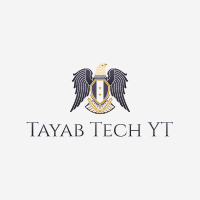Learn the importance of technical writing in today's technology-driven world. Discover how to create clear and concise technical documents using headings, subheadings, bullet points, and diagrams. Our expert-written article provides valuable tips and best practices for effective technical communication. Improve your technical writing skills and enhance your audience's understanding with our comprehensive guide. Perfect for technology, engineering, and science professionals.
Technical Writing: The Importance of Clear and Concise Communication
Introduction
Technical writing is a form of communication that is used to convey technical information to a specific audience. It is used in a variety of industries, including technology, engineering, and science, and is crucial for creating clear and concise instructions, procedures, and documentation.
The Importance of Technical Writing
Technical writing is essential in today's fast-paced and technology-driven world. It allows experts to share their knowledge and expertise with others, and it enables organizations to effectively communicate with their customers and employees.
Clear and Concise Communication
One of the most important aspects of technical writing is clear and concise communication. This means that the information must be easy to understand and follow, even for those who are not experts in the field. To achieve this, technical writers use specific language and formatting techniques, such as headings, subheadings, bullet points, and diagrams.
Headings and Subheadings
Headings and subheadings are used to organize and structure a technical document. They break up the text into manageable chunks and make it easy for the reader to find the information they need. Headings are used to indicate the main sections of a document, while subheadings are used to indicate the subtopics within each section.
Using Bullet Points
Bullet points are another effective tool for organizing and presenting information in a technical document. They make the text easy to scan and help the reader to quickly find the information they need. They are especially useful for lists of instructions or steps, as they make it easy to see the order in which the steps should be completed.
Diagrams and Images
Diagrams and images are also important in technical writing, as they help to clarify and explain complex information. They can be used to show how a piece of equipment works, or to illustrate a process or procedure. When used effectively, they can greatly enhance the reader's understanding of the information.
Conclusion
Technical writing is an essential form of communication in today's technology-driven world. Clear and concise communication is crucial for creating effective technical documents that are easy to understand and follow. Headings, subheadings, bullet points, and diagrams are all important tools for achieving this goal. Technical writers must use these tools effectively to ensure that their information is understood by their intended audience.






0 Comments